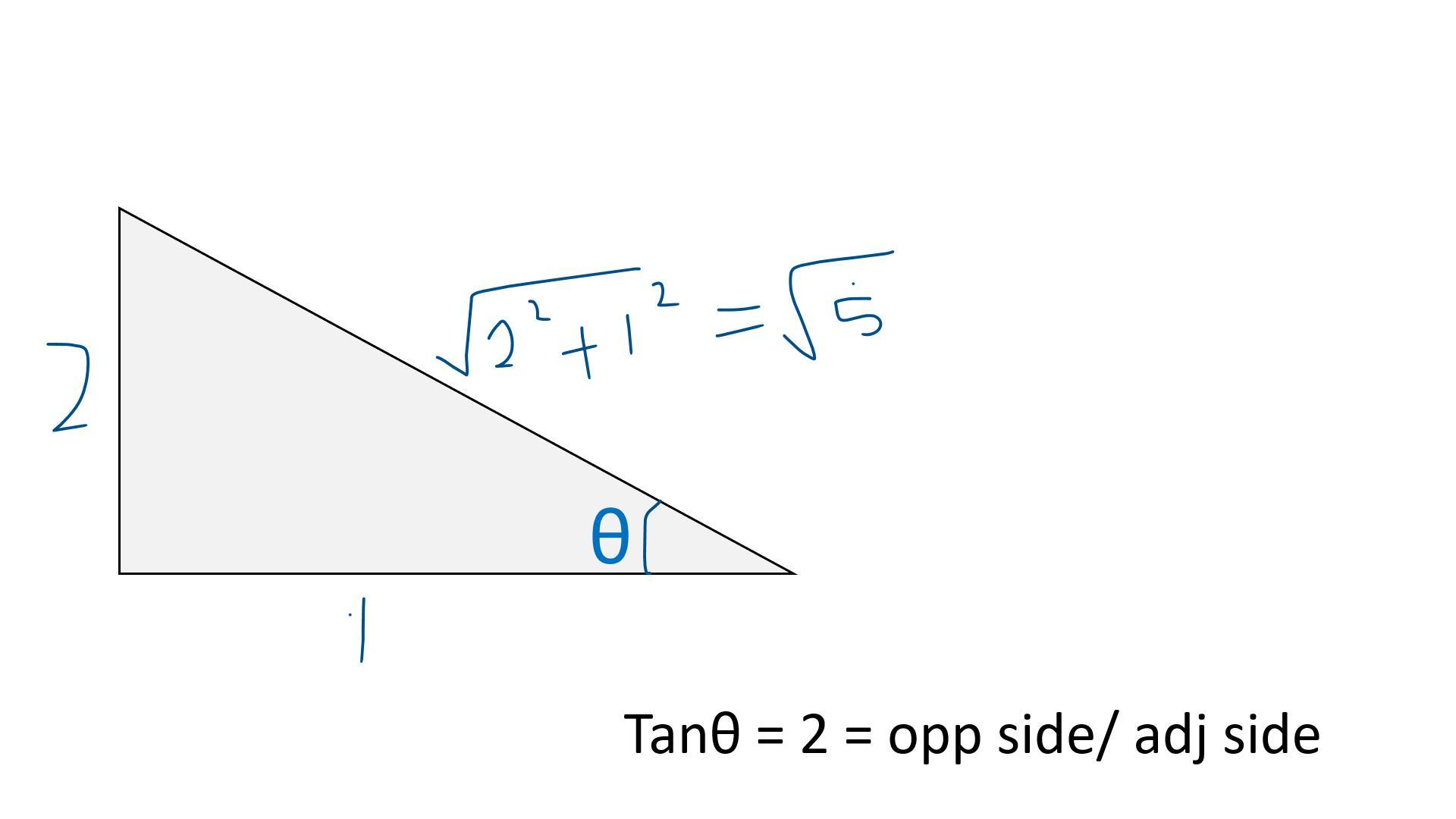which personality type most enjoys accomplishment and competition
-
Subject:
Psychology -
Author:
neal -
Created:
1 year ago
Answers 2
Type B personality
They work steadily, enjoys achievements, more patient, more relaxed and easy-going individuals.
-
Author:
mattiesalas
-
Rate an answer:
9
Type A personality type most enjoys accomplishment and competition.
- Those who have type A personality have a constant feeling of working against the clock. They have a strong sense of competitiveness.
- People with a Type A personality usually experience a high stress level.
- They hate losing or failure and may find it difficult to stop working, even after they have achieved their goals.
- They are goal oriented, good under stress, risk takers.
-
Author:
luisastanley
-
Rate an answer:
2
If you know the answer add it here!
Choose a language and a region
How much to ban the user?
1 hour
1 day
100 years


